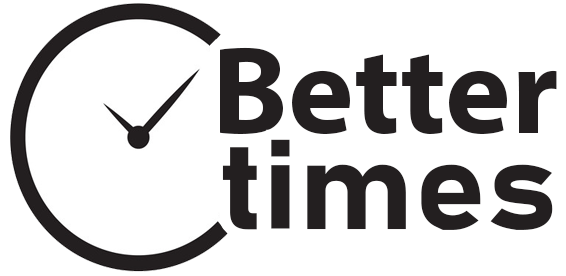They ask their mothers, “Where is the cereal?” — in vain, as they faint away like the wounded in the streets of the city, and breathe their last in their mothers’ arms. Lamentations 2:12
Nuclear War Survival Skills , I know, it seems like an oxymoron, but with India and Pakistan rattling nuclear sabers, this classic text may come in handy. Has details, plans, and construction sequences for improvised fallout shelter, a fallout meter (which you can make from stuff you find in your home), and improvised ventilation systems. My advice is to print the entire book or buy it. Fallout from an all out nuclear war in south Asia between India and Pakistan will blanket the continental United States, and depending on how long it takes for the fallout to get here, this could mean lethal levels of radioactivity.
Food and Water Supplies , from the Federal Emergency Management Agency, suggesting for home scale disaster preparedness. “If an earthquake, hurricane, winter storm or other disaster ever strikes your community, you might not have access to food, water and electricity for days, or even weeks. By taking a little time now to store emergency food and water supplies, you can provide for your entire family.”
Red Cross, Capital Area (Florida) , great source of on line disaster prep info, especially for hurricanes.
Seven habits of personal, family, and community resilience , what it takes to make it through the daily challenges and opportunities of life.
Relief Web , from the UN, access to complete humanitarian crises.
Federal Emergency Management Agency , bottom line, natural disasters have caused increasing amounts of damage and loss of human life during the 1990s. The prognosis is: things are going to get worse. Access to disaster mitigation and response information.
Red Cross World Disaster Report , summaries and highlights from the just-released 1999 report. Last year was the worst disaster year on record, tens of thousands of deaths, hundreds of millions of people uprooted and displaced by disasters. They expect a decade of increasing deaths and damage from disasters.
ReliefWeb from the UN Office for the Coordination of Humanitarian Affairs.
AlertNet , a news and communications service from the Reuter Foundation for the emergency relief community, has press releases from leading relief agencies, expert analyses, reviews of key issues and events, jobs noticeboard. Has a focus page on Kosovo.
American Radio Relay League , access to all things amateur/ham radio. During emergencies and disasters, ham radio operators serve the common good by providing free communications networks to assist in recovery.
Emergency Settlement Project , a study of refugee camps.
Millennium Salons an on-line library of practical information concerning what to do about this problem. Non-crazy, creating resilient communities.
Center for international disaster information
Stormwatch Project , proper preparations for disasters have the effect of mitigating the damage they cause. The site offers content and access for civil society organizations, particularly fraternal lodges and sisterhoods, to help them develop local sustainable and resilient networks. Offers a sample process that local groups can implement to assess their hazards and prepare responsibly.
Foot and Mouth Disease , a guide for people planning to visit the United Kingdom.
Shelter in place guidelines , from the Central Florida Regional Council. Chances are very good that your nice residential neighborhood lies in the potential footprint of a deadly chemical accident. This government site has suggestions for what you should do if your neighborhood is threatened by such an event. Rural areas aren’t exempt; look no further than your local farmers cooperative to find a large tank of ammonia whose catastrophic release would create a deadly cloud bigger than most small towns.
Blast Mapper , type in the address or zip code of the closest potential target for a nuclear bomb, and find out what happens in your neighborhood. Air and ground burst, 1 and 20 megaton bombs. Maybe this is information you don’t want to know, but if you’re in a 100% kill zone, perhaps you should understand your risks.
The American Civil Defense Association , non-profit org promoting community and family preparedness and resilience.
